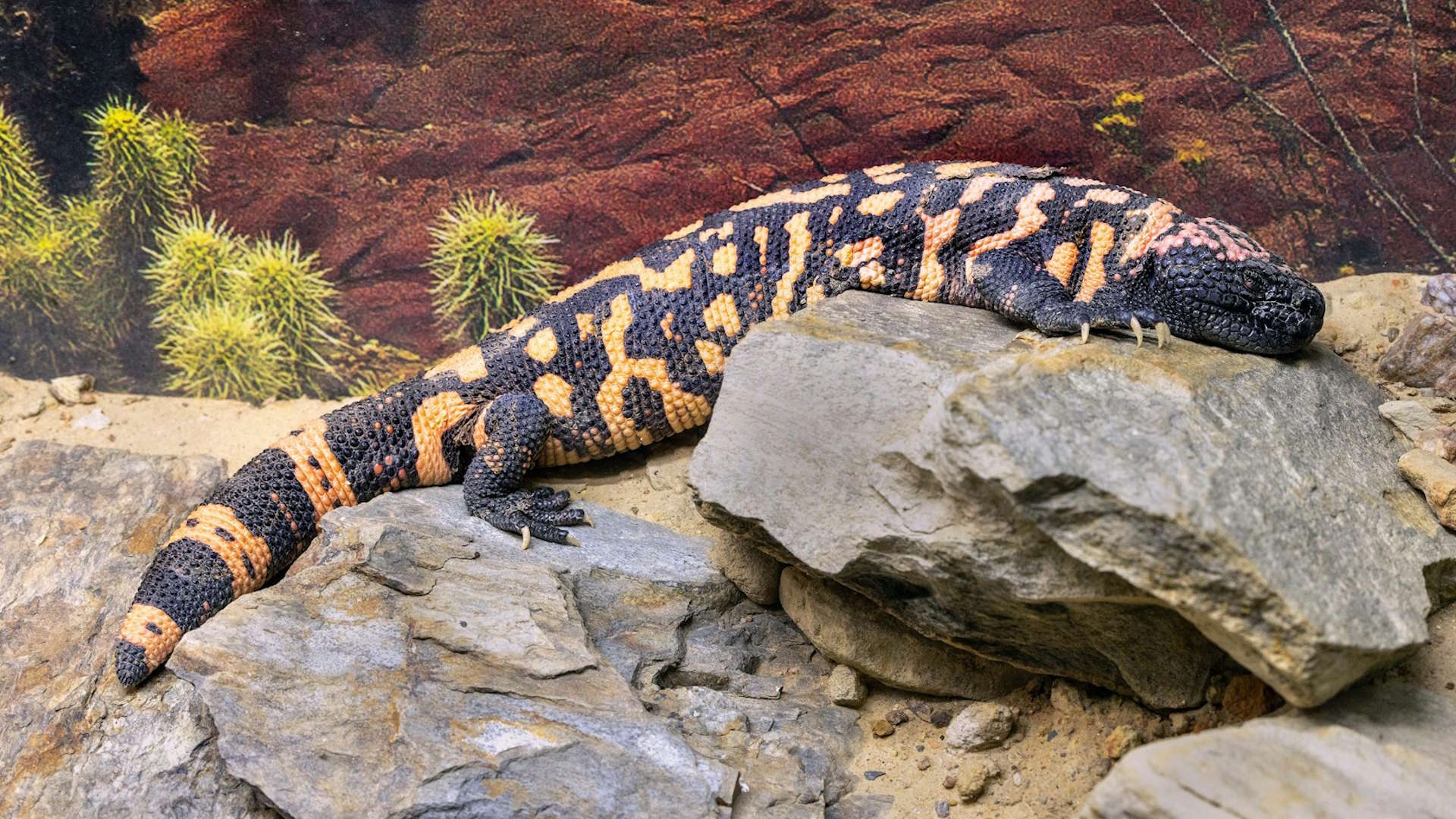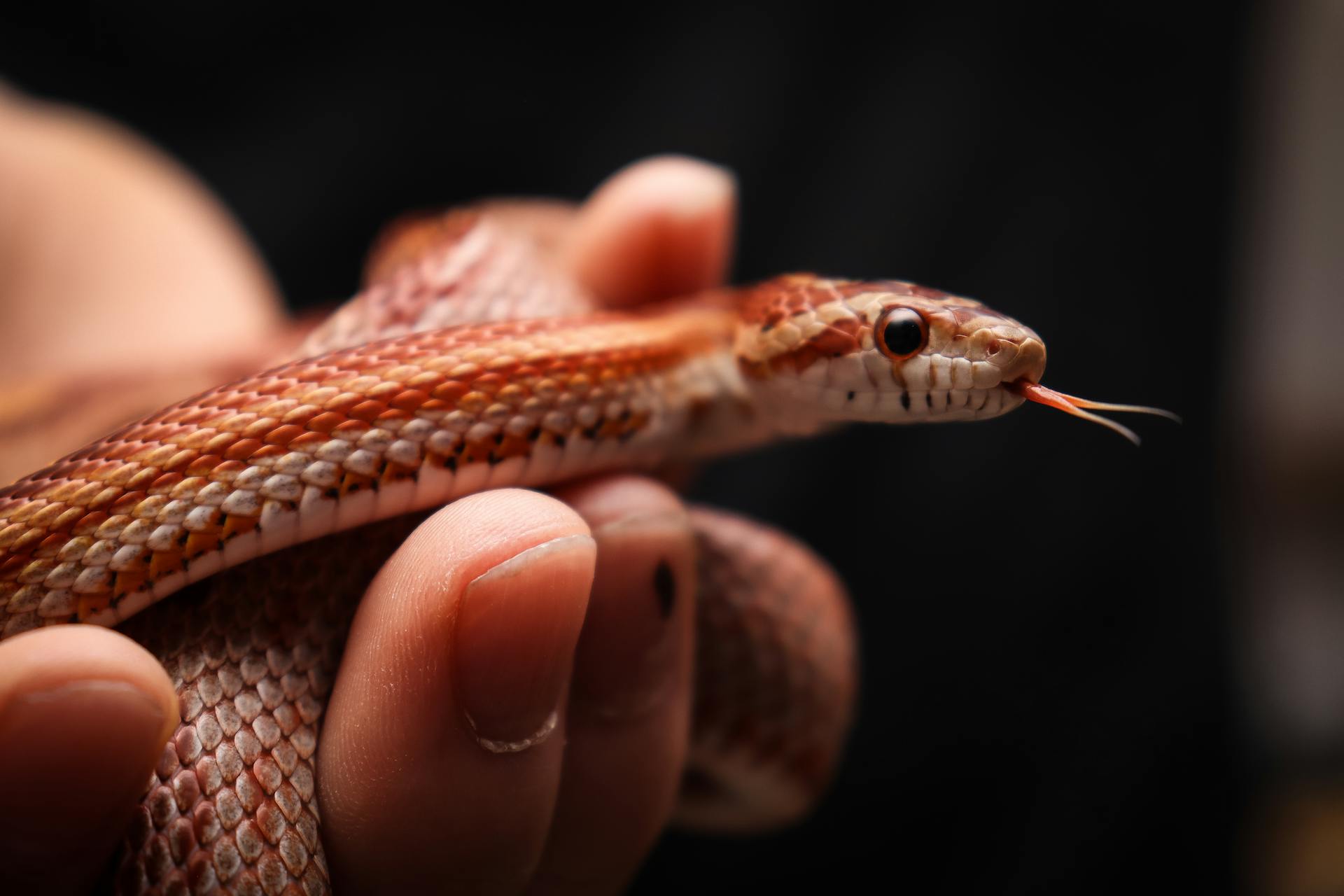The mesmerizing world of exotic reptiles offers a remarkable diversity of species, each with its own unique adaptations and requirements. Among these requirements, perhaps none is more crucial than diet. Unlike domestic pets that thrive on commercially available foods, exotic reptiles often demand highly specialized nutrition that mirrors their natural feeding patterns in the wild. From leaf-eating iguanas to insectivorous chameleons and carnivorous monitors, these specialized creatures have evolved digestive systems and metabolic processes specifically tailored to process particular food sources. Without proper dietary management, exotic reptiles can develop serious health issues, ranging from nutritional deficiencies to organ failure. Understanding these specialized dietary needs is essential for responsible ownership and conservation efforts alike.
Evolutionary Adaptations and Dietary Specialization

Exotic reptiles have evolved over millions of years to occupy specific ecological niches, with their digestive systems becoming highly specialized for particular food sources. A vegetarian green iguana, for instance, possesses a large fermentation chamber in its hindgut that processes plant matter through bacterial fermentation—a system entirely different from that of a carnivorous snake. These evolutionary adaptations mean that reptiles cannot simply adapt to whatever food is convenient for human keepers to provide. The specialized enzymatic processes, gut flora composition, and metabolic pathways in these animals have developed to extract maximum nutrition from specific food types while efficiently processing the associated waste products. Attempting to feed inappropriate diets to these specialized systems doesn’t just result in poor nutrition—it can actively damage digestive organs not designed to process unfamiliar foods.
Herbivorous Reptiles: More Than Just Plant Eaters
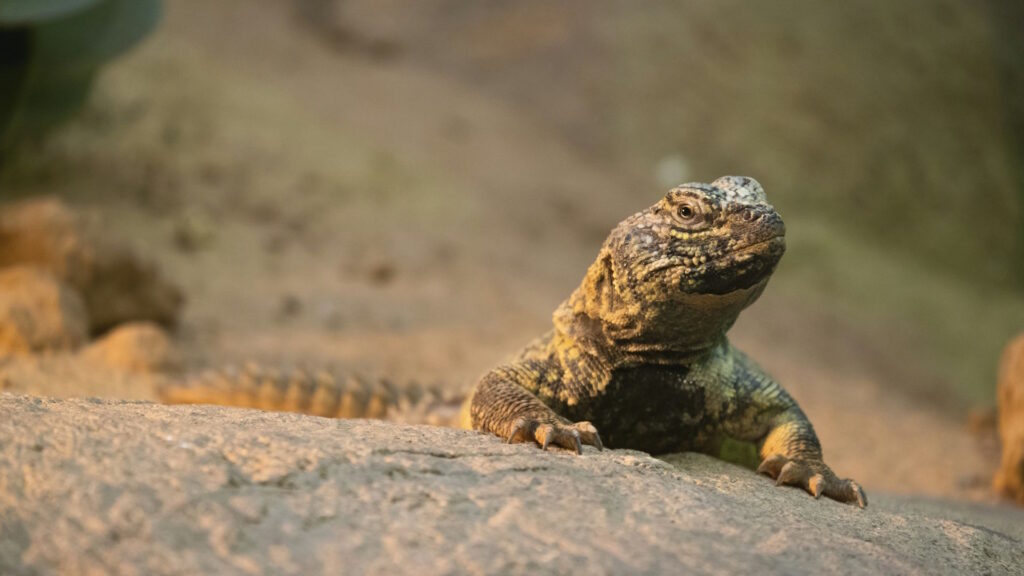
Herbivorous reptiles like green iguanas, uromastyx lizards, and certain tortoise species require not just any plant matter, but specific varieties with appropriate nutritional profiles. These reptiles need precise calcium-to-phosphorus ratios, adequate fiber content, and proper vitamin levels that are difficult to achieve without carefully selected greens and vegetables. Many herbivorous reptiles have evolved in habitats with seasonally available plants, meaning their dietary needs may change throughout the year to mirror what would be naturally available. Some species, such as the spiny-tailed uromastyx, have adapted to consume certain desert plants with nutritional properties not easily replicated in captivity. Even among herbivores, there’s tremendous variation—desert tortoises require different plant matter than forest-dwelling tortoises, reflecting their native habitats’ distinct vegetation profiles.
Insectivorous Specialists: Beyond Cricket Cuisine
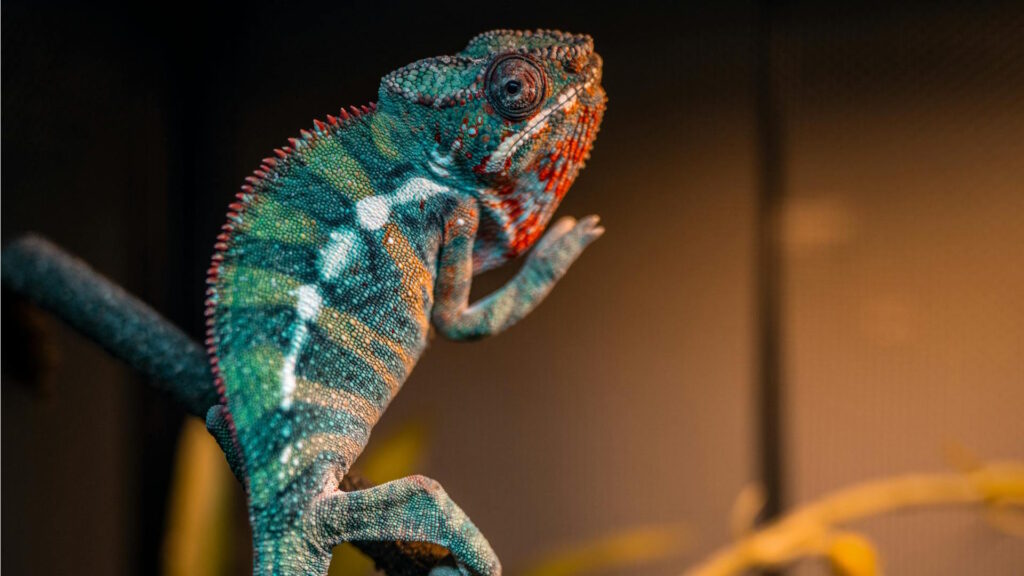
Insect-eating reptiles like many geckos, chameleons, and smaller lizards face their own nutritional challenges in captivity. In the wild, these animals typically consume dozens of insect species, each with different nutritional profiles, creating a naturally balanced diet through variety. Captive reptiles, however, often receive a limited range of feeder insects—typically crickets, mealworms, and perhaps waxworms—which alone cannot provide complete nutrition. This limited insect selection often lacks essential nutrients, particularly calcium, requiring supplementation through dusting or gut-loading (feeding the insects nutritious foods before they become prey). Some specialized insectivores, such as certain chameleon species, have evolved to target specific insects found in their native range, containing unique nutrients that commercial feeders may lack. The quality of feeder insects is equally important, as commercially raised insects fed poor diets transfer nutritional deficiencies to the reptiles that consume them.
Carnivorous Reptiles: Complex Predatory Nutrition

Carnivorous reptiles such as monitors, certain skinks, and most snakes require whole-prey diets that include bones, organs, fur, and other components that provide essential nutrients. These predators have evolved digestive systems that extract calcium from bones, vitamins from organ meats, and amino acids from muscle tissues in specific proportions. Many carnivorous reptiles have specialized dietary adaptations—some snake species, for example, have evolved to feed exclusively on eggs, fish, or even other snakes, with digestive enzymes specifically tailored to these food sources. For larger carnivorous reptiles, providing appropriate sized whole prey is essential, as this stimulates natural feeding behaviors and ensures proper nutritional intake. Certain monitor lizards even demonstrate specific hunting strategies and prey preferences that indicate highly specialized dietary adaptations that must be considered in captive care settings.
Calcium and Vitamin D3: The Critical Balance

Perhaps no nutritional requirement is more universally critical for reptiles than the proper balance of calcium and vitamin D3, yet achieving this balance requires different approaches for different species. Without adequate calcium and the vitamin D3 needed to metabolize it, reptiles develop metabolic bone disease—a painful condition causing bone deformities, fractures, and eventually death. Many exotic reptiles from tropical regions obtain vitamin D3 through UVB exposure, requiring specialized lighting in captivity alongside calcium supplementation. Desert-dwelling species often need higher calcium levels to compensate for their calcium-poor natural diets, while forest species may require more complex vitamin A and E supplementation. The precise calcium requirements vary dramatically between growing juveniles, egg-laying females, and adult males, necessitating adjusted supplementation schedules based on life stage and reproductive status.
The Dangers of Commercial Pet Foods

While convenient commercial diets exist for reptiles, many fall short of meeting the specialized needs of exotic species. Pelleted diets, for instance, often contain inappropriate protein sources, excessive phosphorus, or inadequate fiber for herbivorous reptiles. Many commercial foods are formulated to appeal to pet owners rather than to meet the nutritional requirements of specific reptile species. Convenience foods like reptile “sticks” or “pellets” rarely replicate the nutrient complexity of natural diets, often leading to long-term health issues that develop gradually and become severe before they’re noticed. Some commercial foods contain artificial colors, preservatives, and fillers that exotic reptiles’ digestive systems haven’t evolved to process, potentially causing organ strain or allergic reactions. When used, commercial foods should ideally supplement rather than replace carefully researched species-specific diets based on natural feeding patterns.
Seasonal Dietary Changes and Natural Variation

Many exotic reptiles naturally experience significant seasonal changes in their diet, a factor often overlooked in captive care. Desert-dwelling reptiles might gorge during brief rainy seasons when food is plentiful, then enter periods of reduced intake during dry seasons. Tropical species often synchronize their feeding patterns with seasonal fruit availability or insect population booms. These natural cycles mean that a single feeding protocol year-round may not appropriately mimic a reptile’s evolutionary dietary patterns. Some reptiles benefit from controlled seasonal variation in captivity, including periods of reduced feeding that mirror natural resource fluctuations. Breeding females of many species require dramatically different nutrition during reproductive cycles, needing additional calcium and protein to produce eggs or support developing young.
Water and Hydration: An Overlooked Dietary Component

Hydration is an integral part of dietary management for exotic reptiles, with species-specific requirements that can be surprisingly complex. Desert species like certain tortoises have evolved to extract maximum moisture from their food and may actually develop shell deformities and kidney problems if provided too much direct water. Conversely, tropical species like water dragons require high humidity and regular access to water for both drinking and soaking. Some reptiles rarely drink from standing water, instead obtaining moisture from morning dew on plants—a behavior that must be accommodated through misting or drip systems in captivity. The water quality itself matters significantly, with some sensitive species showing adverse reactions to chlorine and minerals in tap water that wouldn’t affect more adaptable domestic animals.
Age-Related Dietary Requirements

The nutritional needs of exotic reptiles often change dramatically throughout their lifespan, requiring adjusted feeding protocols as they age. Juvenile reptiles typically require higher protein diets to support rapid growth, with some species being almost entirely insectivorous as juveniles before transitioning to herbivorous diets as adults. Young reptiles generally need more frequent feeding and higher calcium supplementation to support bone development and prevent growth abnormalities. Aging reptiles, particularly long-lived species like tortoises, may develop different nutritional needs as their metabolism slows and activity levels decrease. Failing to adjust diets according to life stage can result in obesity in adult reptiles fed juvenile diets, or stunted growth in juveniles fed adult maintenance diets.
Obesity and Malnutrition: Two Sides of the Same Problem
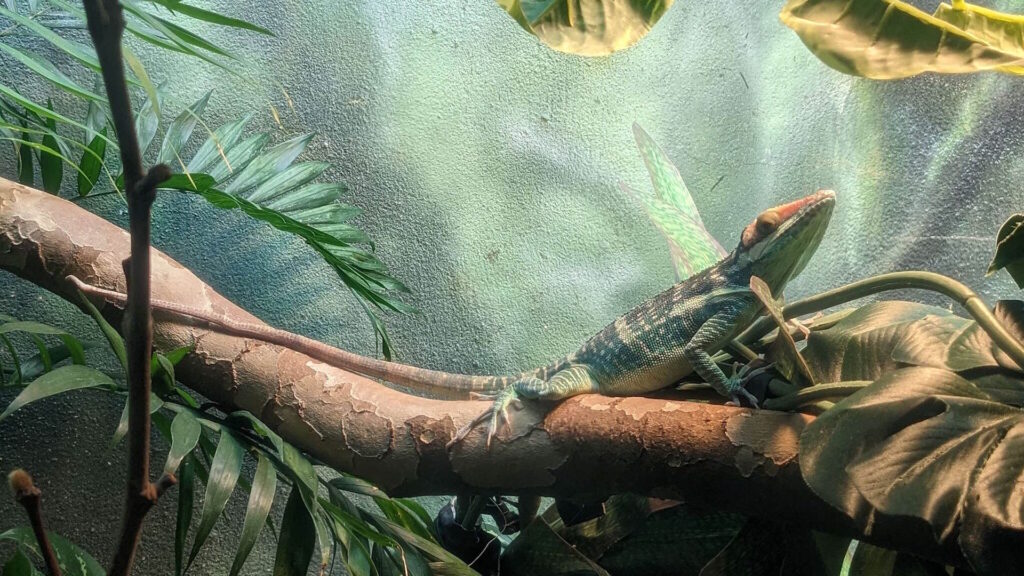
Paradoxically, exotic reptiles in captivity often suffer simultaneously from overfeeding and malnutrition, highlighting the importance of quality over quantity. Many captive reptiles receive excessive calories, particularly from inappropriate foods like fruits for herbivorous species or fatty insects for insectivores, leading to obesity and associated health problems. Despite consuming excess calories, these same animals may be severely deficient in essential vitamins, minerals, and specific amino acids necessary for proper metabolic function. Obese reptiles often develop fatty liver disease, reproductive disorders, and shortened lifespans even while exhibiting symptoms of nutritional deficiencies. Proper dietary management isn’t simply about providing enough food, but rather about providing the right balance of nutrients in appropriate portions based on species, age, activity level, and reproductive status.
The Impact of Substrate and Environment on Nutrition

The relationship between habitat and nutrition extends beyond simply what food is offered, with substrate and environmental factors playing crucial roles in dietary health for exotic reptiles. Many reptiles naturally ingest small amounts of substrate during feeding, which can provide essential minerals in the wild but cause impactions with artificial substrates in captivity. Environmental temperature directly affects digestion efficiency, with many reptiles requiring specific basking temperatures to properly metabolize certain nutrients. Humidity levels influence hydration status and the reptile’s ability to process certain foods, particularly for species that have evolved in environments with dramatic wet and dry seasons. The positioning of food relative to heat and UVB sources can significantly impact feeding behavior and nutrient absorption, particularly for species that have evolved to forage in specific microhabitats.
Specialized Feeding Behaviors and Requirements

Beyond nutritional content, many exotic reptiles exhibit specialized feeding behaviors that must be accommodated for proper dietary management. Arboreal species like certain chameleons may refuse to feed from dishes placed on the ground, requiring elevated feeding stations that mimic their natural foraging positions in trees. Some reptiles are ambush predators that won’t recognize stationary prey, necessitating the use of live feeders or motion-simulating feeding tools. Certain specialists, like egg-eating snakes, have evolved highly specific feeding mechanisms that work only with particular prey items of the correct size and texture. These behavioral adaptations aren’t merely preferences—they’re hardwired evolutionary traits that can lead to refusal of nutritionally appropriate foods if not presented in a manner that triggers natural feeding responses.
Conservation Implications of Specialized Diets

Understanding the specialized dietary needs of exotic reptiles has significant implications for conservation efforts and sustainable captive breeding programs. Many endangered reptile species have highly specialized diets that complicate both in-situ conservation and captive breeding efforts. Reproductive success in captivity often hinges on providing precise nutritional protocols that mirror wild diets, particularly for females producing eggs. Conservation breeding programs must develop sustainable feeding protocols that can be maintained long-term without depleting wild food resources or creating dependency on imported food items. The knowledge gained from studying specialized dietary requirements often provides valuable insights into habitat requirements for wild conservation efforts, helping to identify critical food plants or prey species that must be protected to maintain wild populations.
Future Directions in Exotic Reptile Nutrition

Research into exotic reptile nutrition continues to evolve, with new studies regularly challenging conventional feeding practices and suggesting more specialized approaches. Emerging technologies for analyzing wild diets, including DNA barcoding of stomach contents and isotope analysis of tissues, are providing unprecedented insights into what reptiles actually consume in their natural habitats. Advances in nutritional science are enabling more precise formulation of supplements and feeding protocols tailored to specific species rather than broad categories like “herbivore” or “carnivore.” Collaborative efforts between zoos, researchers, and private keepers are creating comprehensive feeding databases that track health outcomes associated with different dietary regimens across multiple generations. As our understanding deepens, the trend is moving toward increasingly specialized dietary management that considers not just basic nutritional requirements but also seasonal variations, micronutrients, and the complex relationship between diet, behavior, and reproductive success.
Conclusion

The specialized dietary needs of exotic reptiles reflect millions of years of evolutionary adaptation to specific ecological niches. Far from being simple feeding choices, these requirements represent complex biological necessities that can mean the difference between thriving and merely surviving in captivity. For reptile keepers, understanding and accommodating these specialized needs requires ongoing education, careful research, and often significant investment in appropriate food sources and supplements. As our knowledge continues to expand, so too does our responsibility to provide these remarkable animals with nutrition that respects their evolutionary heritage and supports their physiological needs. By recognizing and meeting these specialized dietary requirements, we not only ensure better welfare for captive specimens but also gain valuable insights that may help protect their wild counterparts for generations to come.


